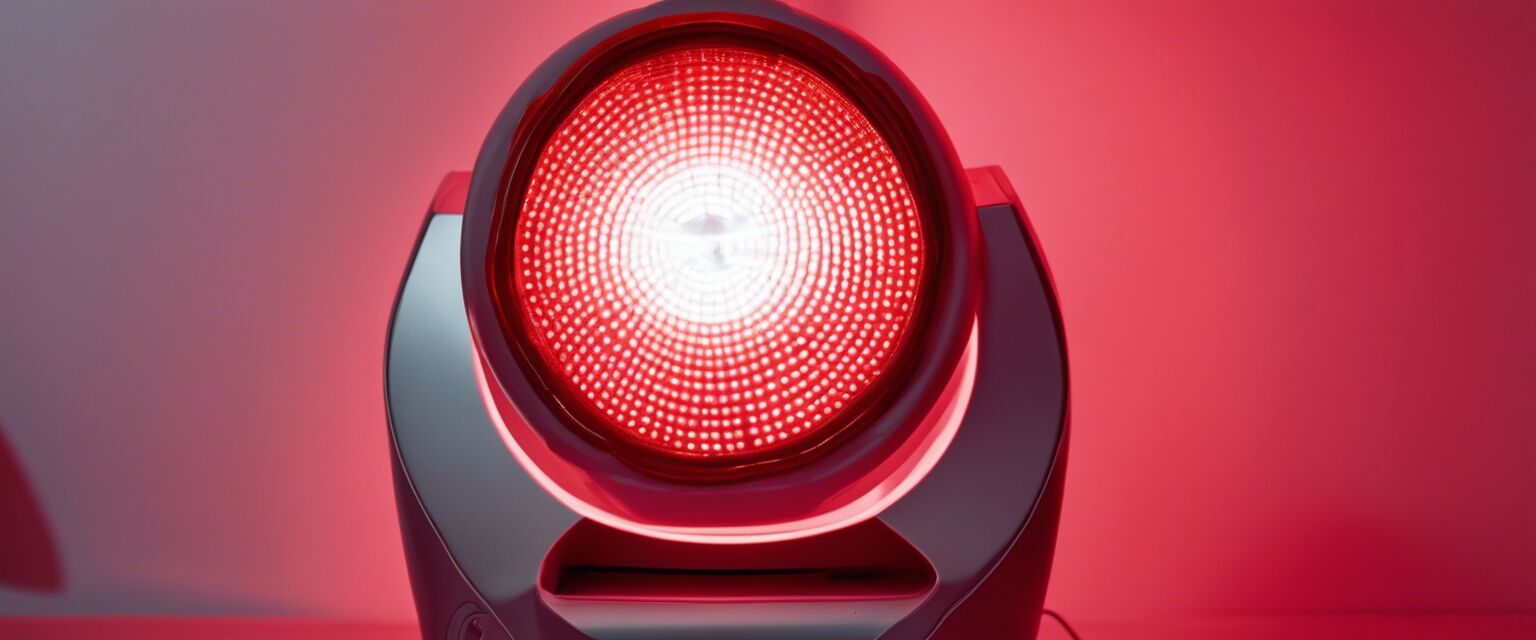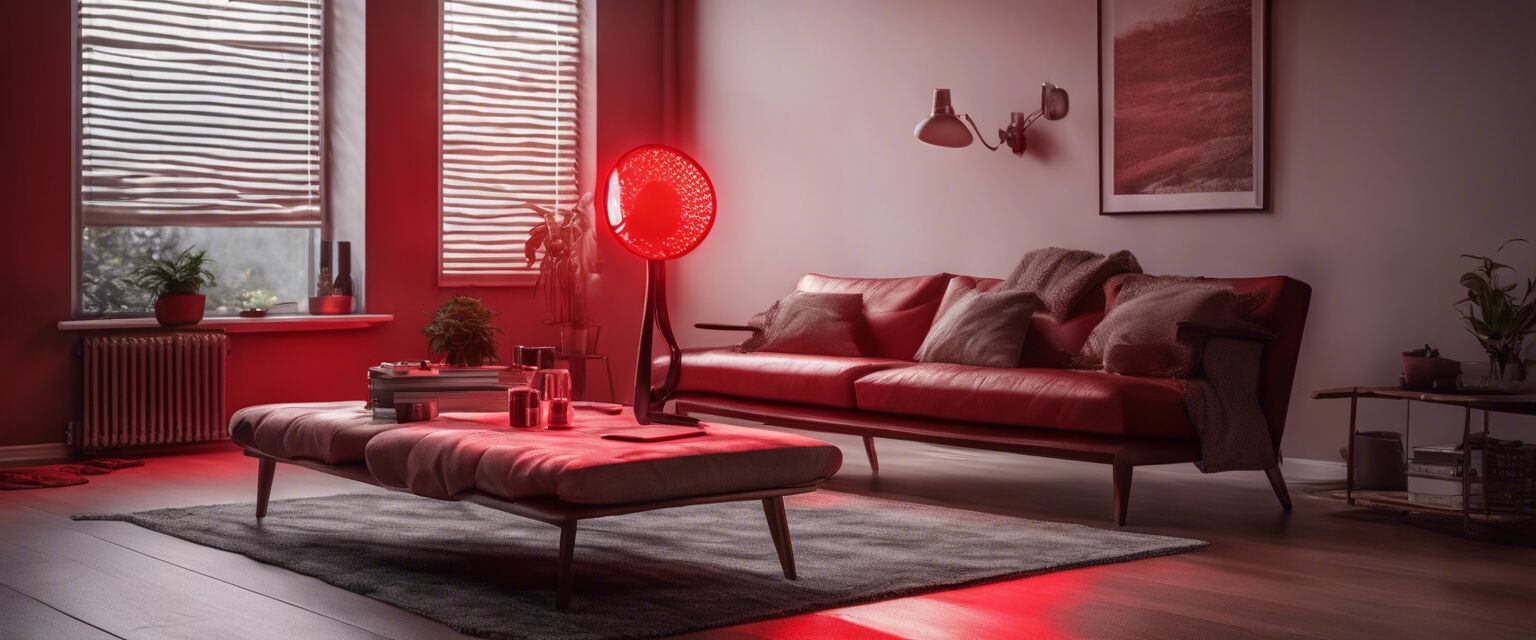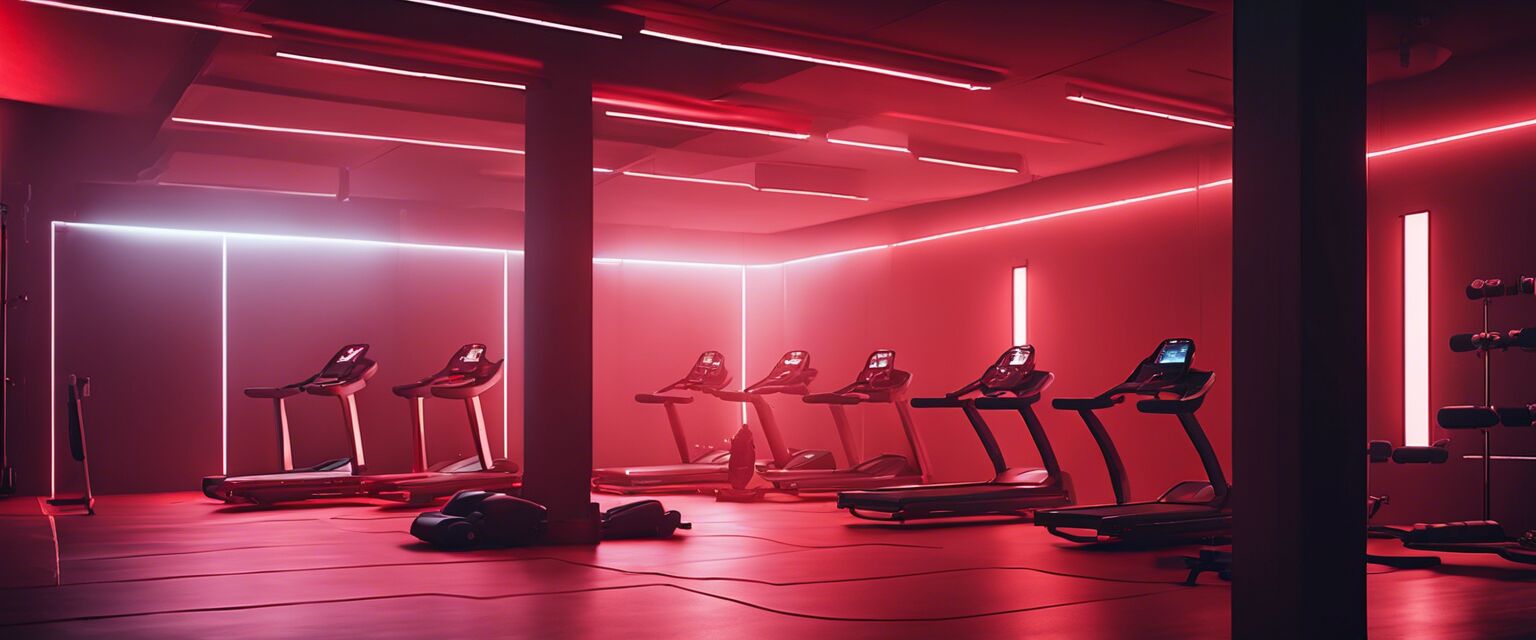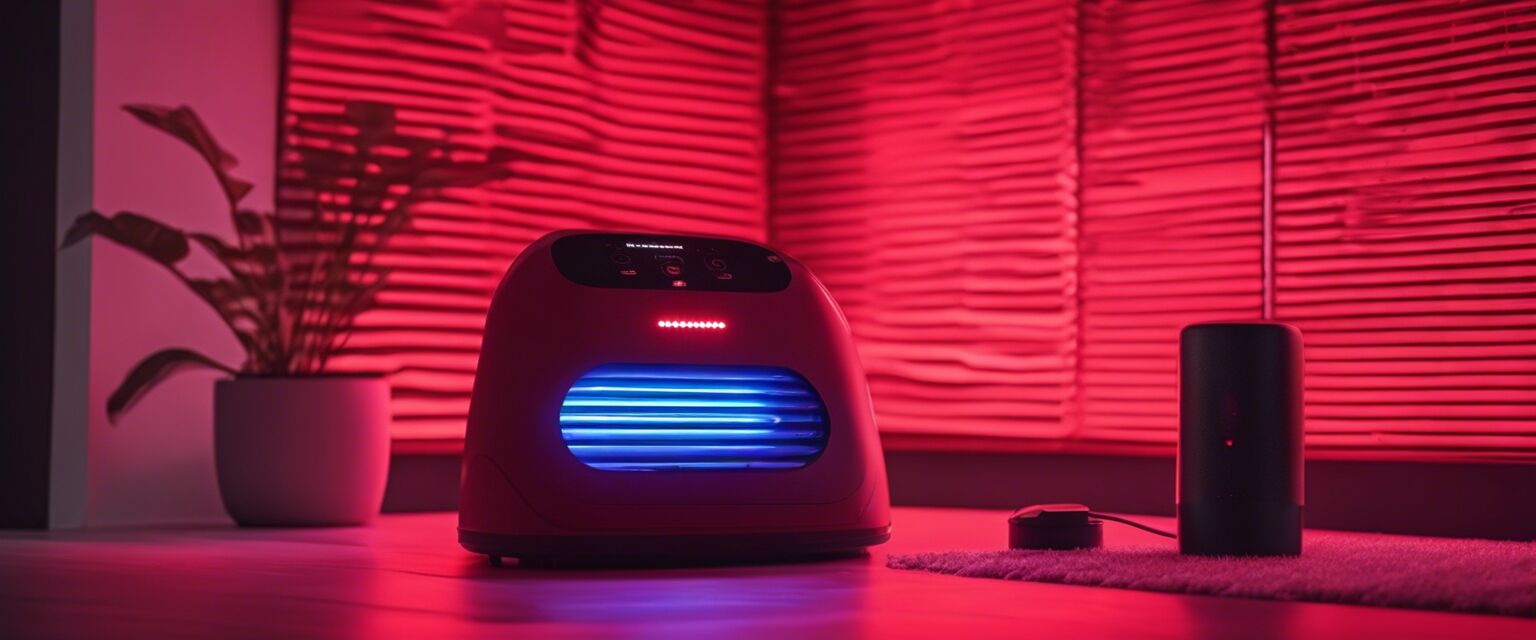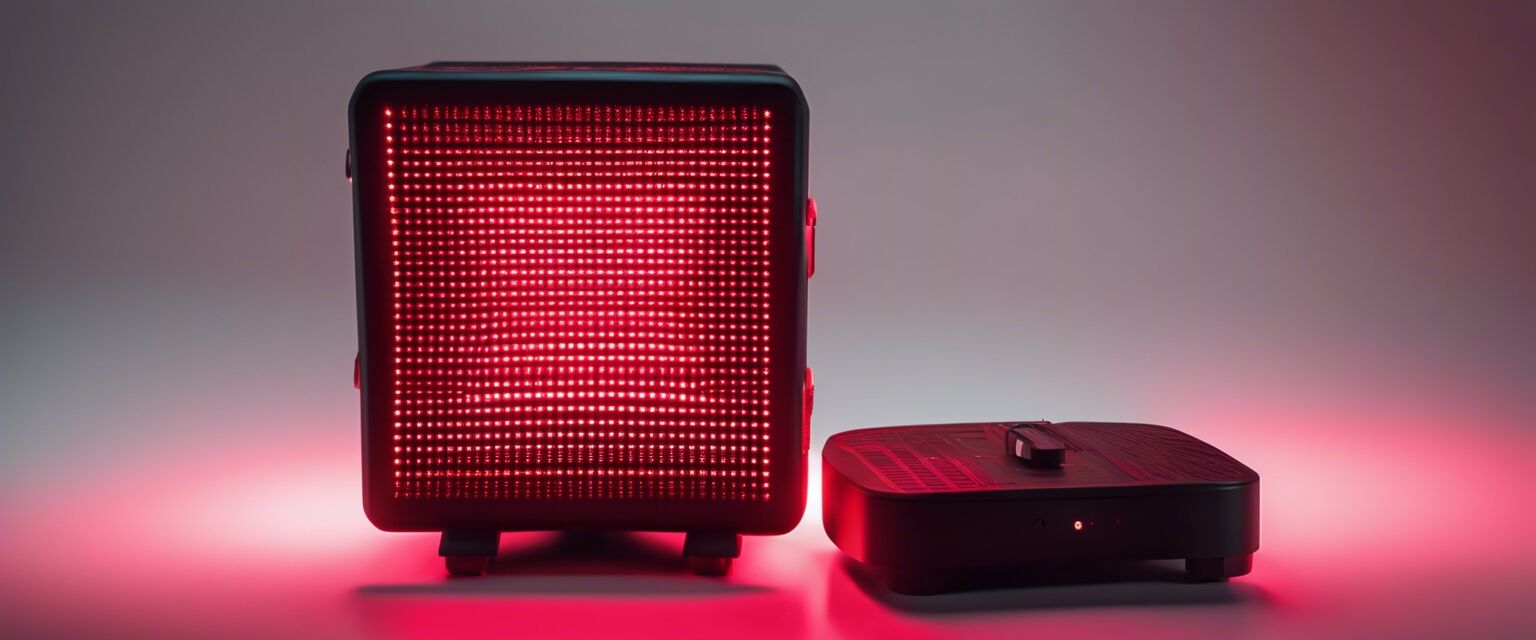
Science Behind Red Light Therapy
Red light therapy (RLT) is garnering attention for its potential benefits in various health and wellness applications. This article delves into the scientific principles that underpin red light therapy, supported by research findings, practical applications, and frequently asked questions.
Key Takeaways
- Red light therapy utilizes low wavelengths of light, typically between 600 and 650 nm.
- It affects cellular metabolism and can stimulate the production of ATP.
- Many studies are ongoing, exploring the efficacy of red light for skin health, muscle recovery, and more.
- This therapy is generally considered safe, with minimal side effects.
What is red light therapy?
Red light therapy employs low-level wavelengths of light to stimulate cellular processes. Unlike higher intensity sources like lasers, RLT uses a non-invasive approach to target specific tissues without causing harm.
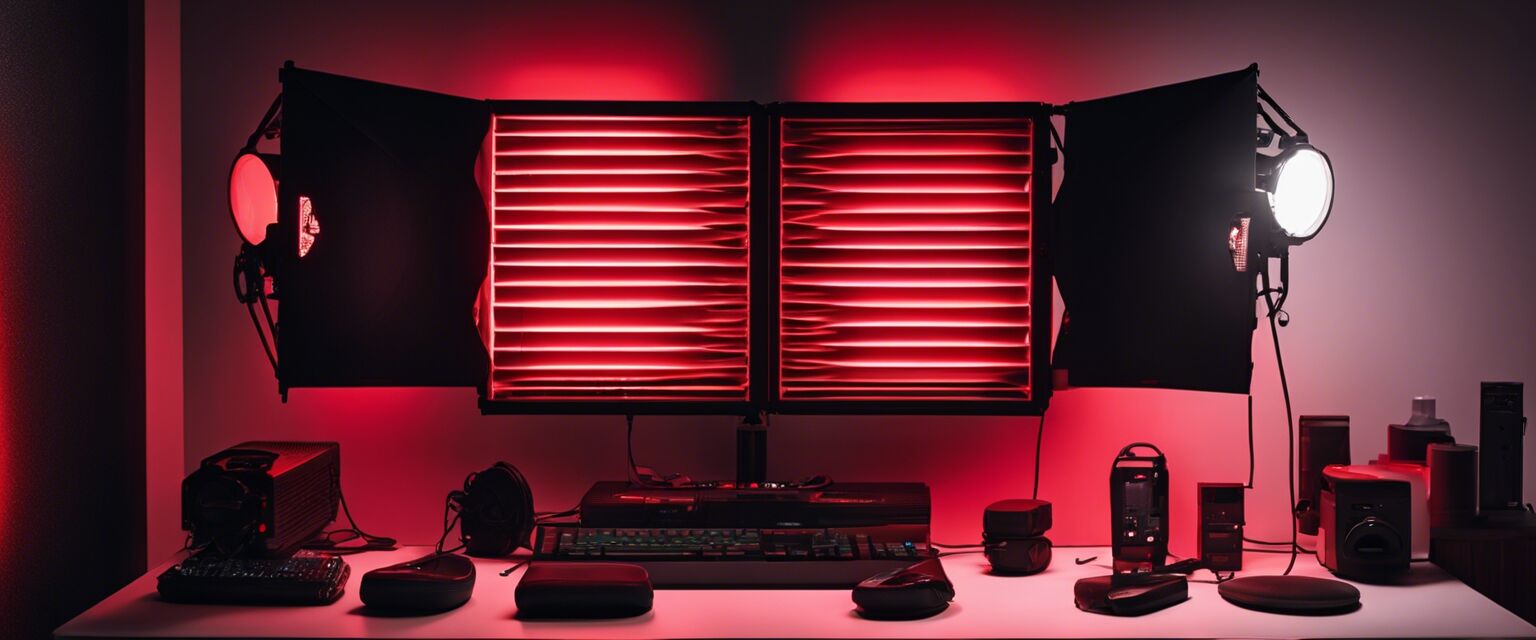
How does red light therapy work?
The underlying mechanism of red light therapy is based on photobiomodulation. This process refers to the interaction of light with biological tissues, leading to various cellular responses. Hereâs a detailed look at how it works:
| Process | Explanation |
|---|---|
| Absorption of light | Mitochondria in cells absorb the red light, leading to increased cellular activity. |
| ATP production | Light exposure can help the mitochondria produce ATP, the energy currency of the cell. |
| Cellular repair | Enhanced ATP production aids in cellular repair processes and regeneration. |
Research studies on red light therapy
Research into red light therapy has expanded significantly over the years, with numerous studies supporting its benefits. Here are some noteworthy findings:
| Study | Focus Area | Findings |
|---|---|---|
| Journal of Clinical and Aesthetic Dermatology (2016) | Skin rejuvenation | Significant improvements in skin tone and texture were observed. |
| Photomed Laser Surg (2010) | Muscle recovery | Participants using RLT showed faster recovery post-exercise. |
| Energy Research Journal (2019) | Hair growth | Subjects experienced a notable increase in hair density and thickness. |
Applications of red light therapy
The practical applications of red light therapy are extensive. Hereâs an overview of areas where RLT may be beneficial:
- Home care and personal use
- Fitness and recovery tools
- Pain relief products
- Healing lamps
- Beauty and skin care
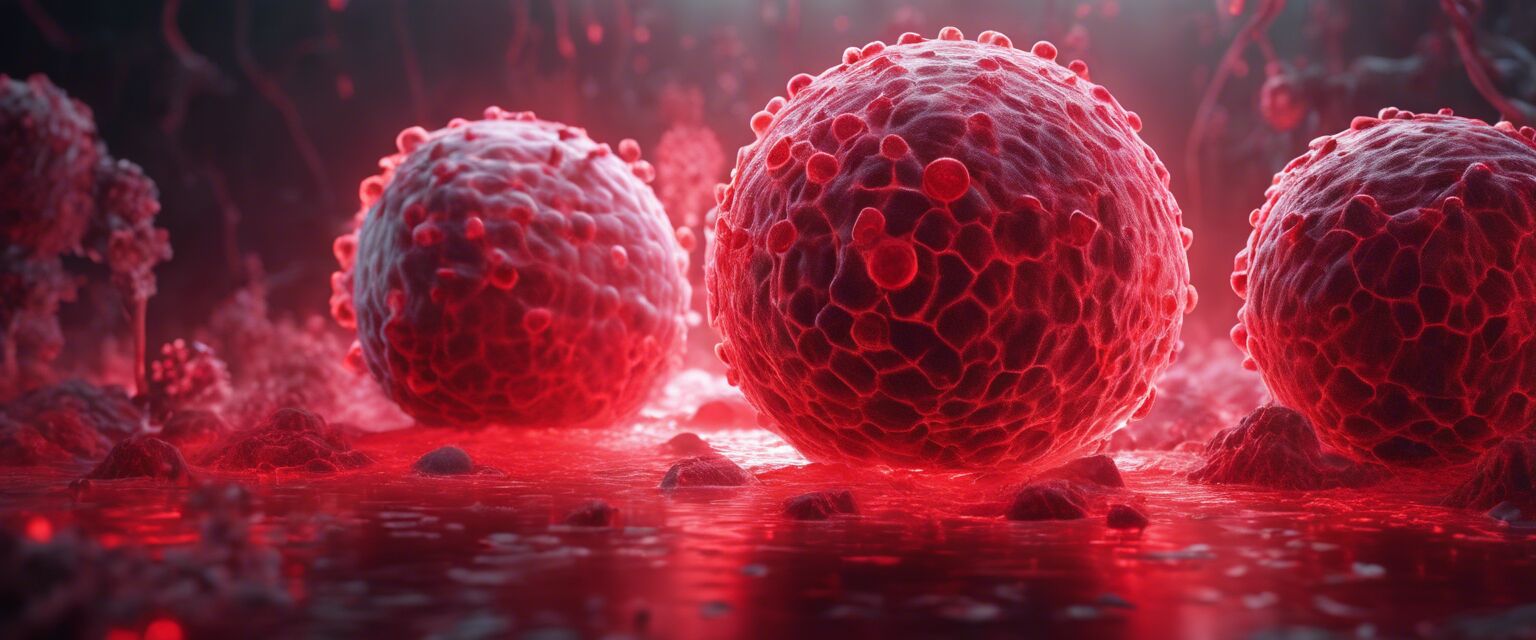
Safety and side effects
Red light therapy is generally safe for most individuals. However, as with any therapeutic modality, it is essential to consider the following:
- Avoid direct eye exposure to avoid damage.
- Consult with a healthcare professional prior to starting RLT, especially if you have pre-existing conditions.
- Skin reactions are rare but can occur in very sensitive individuals.
Conclusion
Red light therapy stands out as a promising approach in wellness and recovery. With its growing support from scientific research, RLT is being increasingly integrated into various health and beauty treatments. Itâs vital, however, to stay informed and consult healthcare providers to understand its best uses and any potential risks.
Pros
- Non-invasive treatment option.
- Generally regarded as safe with few side effects.
- Supports cellular metabolism and energy production.
- Versatile applications across various sectors.
Cons
- Results can vary between individuals.
- Further research is required for some applications.
- Not suitable for certain medical conditions.
Tips for beginners
- Start with short sessions and gradually increase duration.
- Use RLT devices as advised by the manufacturer.
- Keep the area treated free of products like creams and oils for best results.
- Track your progress to see how your body responds to treatment.

